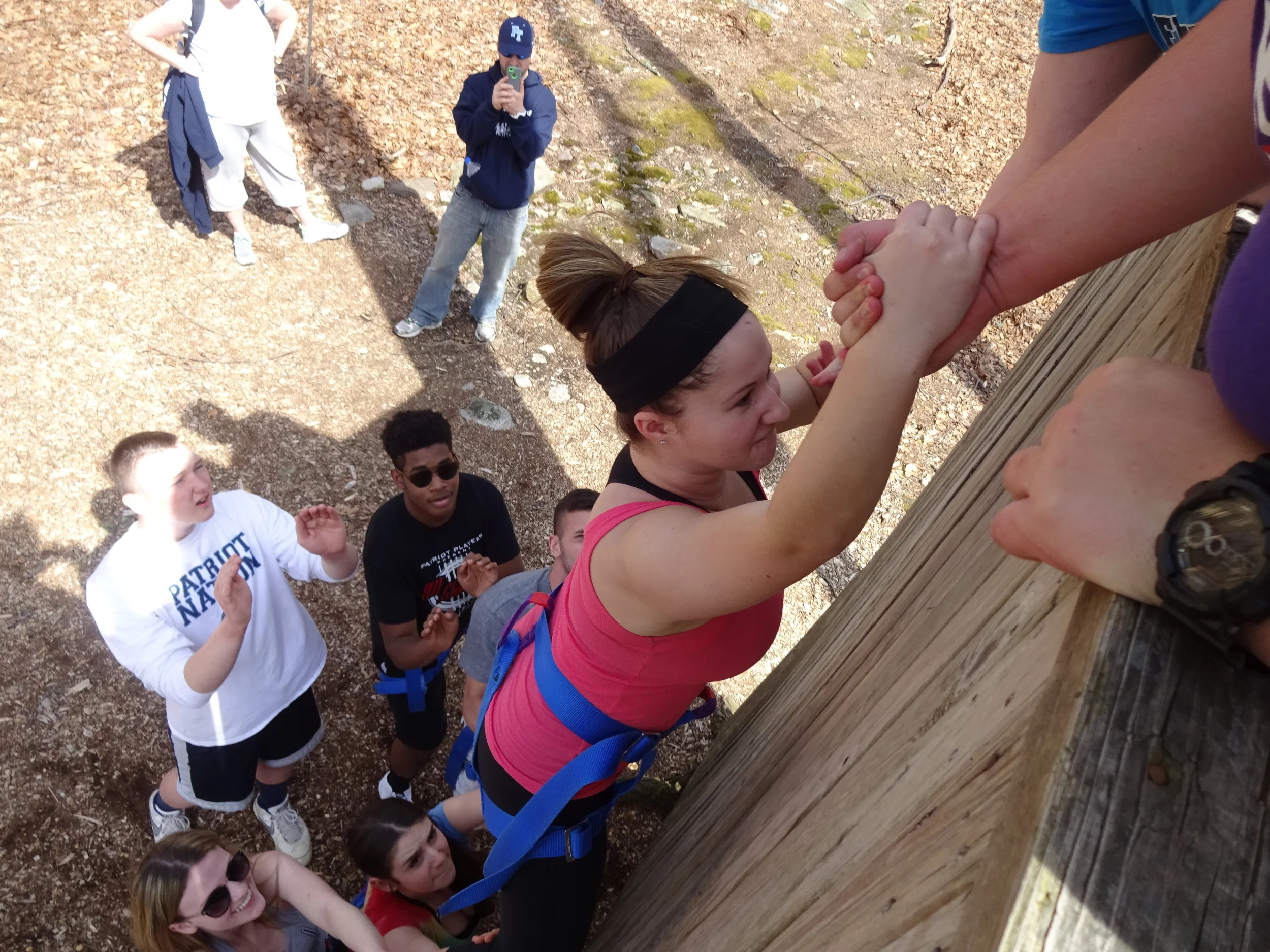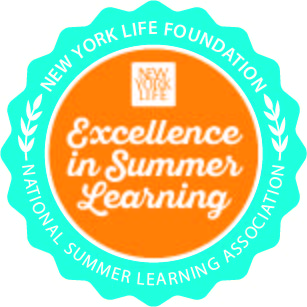Why S.T.E.A.M.?
/(Editor’s Note: This post was co-written by Kathryn Cimis-DeBiasse, former Madison, NJ Visual Arts Teacher.)
By now, most people are likely familiar with the term STEM, an acronym that outlines educational instruction and activities related to the fields of science, technology, engineering, and mathematics. But what about STEAM?
Students in PBC Wilderness Leadership School classes created their own animals to reinforce a lesson about animal adaptations.
The argument for incorporating the Arts into STEM instruction may at first seem incongruous. But for educators and those who are real-world technology problem-solvers, the connection between art and science is a given. “The connection is obvious for anyone who has ever worked in any traditional STEM career. Everyone from software engineers and aerospace technicians to biotechnical engineers, professional mathematicians, and laboratory scientists know that building great things and solving real problems requires a measure of creativity. More and more, professional artists themselves are incorporating technological tools and scientific processes to their art,” says Mary Beth Hertz, a certified technology integration specialist in her article on the topic in Edutopia.
According to Elliot Eisner (1933-2014), the late Stamford University Professor of Arts Education, there are ten lessons the Arts teach:
The arts teach children to make good judgments about qualitative relationships.Unlike much of the curriculum in which correct answers and rules prevail, in the arts, it is judgment rather than rules that prevail.
The arts teach children that problems can have more than one solution and that questions can have more than one answer.
The arts celebrate multiple perspectives. One of their large lessons is that there are many ways to see and interpret the world.
The arts teach children that in complex forms of problem-solving purposes are seldom fixed, but change with circumstance and opportunity. Learning in the arts requires the ability and a willingness to surrender to the unanticipated possibilities of the work as it unfolds.
The arts make vivid the fact that neither words in their literal form nor numbers exhaust what we can know. The limits of our language do not define the limits of our cognition.
The arts teach students that small differences can have large effects. The arts traffic in subtleties
The arts teach students to think through and within a material. All art forms employ some means through which images become real.
The arts help children learn to say what cannot be said. When children are invited to disclose what a work of art helps them feel, they must reach into their poetic capacities to find the words that will do the job.
The arts enable us to have experience we can have from no other source and through such experience to discover the range and variety of what we are capable of feeling.
The arts position in the school curriculum symbolizes to the young what adults believe is important.
SOURCE: Eisner, E. (2002). The Arts and the Creation of Mind, In Chapter 4, What the Arts Teach and How It Shows. (pp. 70-92). Yale University Press.
As we read Eisner’s list, we can see how the study of the Arts links to both science and technology as well as social and emotional learning - both of which are an integral part of the curricula at the Princeton-Blairstown Center.
Summer Bridge Students from an NJIT cohort explain an A.I. software concept using visual aids they created for their pitch.
Eisner’s first item extols the arts as a means of teaching students how to make qualitative judgments. In our data-driven culture, the ability of individuals, communities, and organizations to wisely discern and apply qualitative analysis to quantitative information is paramount for achieving novel and creative solutions to the challenges we face.
In the visual arts, these muscles are routinely exercised as students approach an assignment or project. For instance, within the genre of portrait painting, when students investigate and analyze how artists have approached this topic and how technology, sociology, and historical events have shaped what constitutes a portrait, it releases them to explore a variety of visual vocabulary (and media), and add to that dialogue as they create their “solution” to this visual problem.
Through the critique process students begin to respectfully observe, discuss, and recognize areas of success and opportunities for improvement, both in their own work and the work of others. They begin to see that, unlike some other areas of study, there is often more than one right answer, and shades and degrees of success. In STEM, the pace of technological change and the nature of scientific discoveries require the ability to be open to different viewpoints, and the ability to go where the data lead you. “Surrendering to unanticipated possibilities” is a way for scientists to potentially reduce personal bias in research and be open to whatever the research and data indicate.
Summer Bridge 2021 students created ad campaigns designed to educate and inspire behavior change around current environmental justice issues.
Through visual arts, students also begin to learn that in some ways, a given piece is never truly finished, though for practical purposes we as educators and students may call it so. This is an important paradigm shift as we realize in many areas of life, we revel in the inclination to check the box and be “done.” Orientation to task completion is a real cognitive phenomenon, and often stands in the way of the most important elements of work. Learning how to spend time in that uncomfortably incomplete grey zone, and subsequently reviewing and revising a project or assignment repeatedly through iterative processing, is a difficult but important skill for everyone.
For the artist, developing the ability to see opportunities for exploration and improvement is never meant to be confused with the ability to achieve perfection. Rather, it’s about seeing, observing, and knowing what the next step “might be”, but often, accepting that the next step may be something that is explored in a future objective, or assignment, and being comfortable with that. This perspective has tremendous value for scientists, engineers, architects, mathematicians, and other science-based professionals, and the arts can be a fun and creative way to introduce and immerse students in this mindset.
























